|
If you have tried or am thinking of running to get fitter, you're on the wrong side of the road. Don't take it the wrong way, running is the most basic, simplest, least expensive and primal to us. It's what we are born with, to be able to run that is. However, in the current era of sedentary lifestyle, smart phones postures and all other lifestyle habits that we get ourselves into to not moving more but lesser, we need to learn to strengthen your body prior to running. As it is, most people will just run and not be aware of the proper weight loading or transfer of force and it usually rides up to the ankle, knees and hips, causing pain, wear & tear and soon enough, pain sets in into your life making it somehow acceptable when you get older. Age and pain are not inseparable. When we get older, we don't really have to have pain as a natural subset of living beings. Instead, pain can be easily be intercepted by learning some of the more powerful and fool proof guiding principles to keeping an old injury away or staying injury free. Remember, pain and age doesn't have to be co-related. So read on to learn more on the 5 guiding principles and how to follow it closely! PRINCIPAL 1 Resistance training is when you use any form of resistance from your own bodyweight(calisthenics) or in the gym having weights as a tool. The list below is a non exhaustive list(to give you a firmer idea) of what resistance training may include, type of training, etc:
PRINCIPLE 2 Quality over quantity is often overlooked in many ways. People are too often enclosed to the idea that doing more is more, in this case it's not true. Doing more doesn't mean more, you might be doing hundreds of repetitions during a workout only to realise that you can do lesser with the same results of doing hundres of reps, besides, who would want to spend their days away in the gym(unless you're getting paid for it). To help put the principle into place, simply just change the tempo in your workouts. This is also known as TUT(time under tension), it helps you bring muscular tension which then doesn't allow you to use big weights. Lightening up from adding weights itself decreases the chances of injury and while you work on the form and quality of the movements, you naturally increase the ability for the body to receive more weight loading by engaging the deep stabilisers to decrease the chances of, yes, injuries. How to implement the principle into your current activities:
PRINCIPLE 3 Recovery can be done in a variety of ways. Active
Passive
While every recovery types have their benefits, we'd suggest looking into the passive and active part as nutrition on supplements is another topic in a different day and article. Having your recovery as either active or passive will equally have you be well to recovery and rested for the next resistance training session! PRINCIPLE 4 Multi-directional is if not the most important aspect of preventing and recovering from injuries. Why you ask? Life in itself is very organic and filled with uncertainties. From sporting activities, to driving on the road, to walking in the park, to walking to lunch or the loo and many other scenarios that life can have. Whatever life brings us, our bodies must be able to meet its demand under "surprise tension load"(STL). STL refers to a scenario of you walking in the park and someone drops a bunch of fruits in front of you and you help "pick it up", you bend down to pick it up and your back goes into spasm(which is caused by STL of helping someone pick up the fruits). Another way of thinking about STL is anything that is out of the ordinary such as just walking to lunch without any life's interruption, that "interruption" is referred to now as STL. You should be able to do most daily activities by rotating, bending backwards or forward, squat down and up easily, but when life or your sporting activities have you hanging by the threat when you get injured, then it's about time you start training your body in multi-directional way. Use multi directional movements as a warm up, a workout by itself or even for active recovery rest days. How to implement this:
PRINCIPLE 5
Progression over perfection is almost going to fool proof what you would be doing. Everything else will follow if you look at progression as a priority as perfect never is enough. Work towards moving more and moving better. Don't compare yourself with the already flexible yoga teacher or the person teaching you how to do certain exercises on youtube etc. It's that simple. Progression will pace you not to go too fast or do too much, it'll help you understand that there is tomorrow to continue your workouts, and it'll help you watch your form as you move better. Remember, progress is something you can see, experience and track, not perfection, as it's something of the society's construct and it'll always change, and never be enough.
0 Comments
Leave a Reply. |
Location151 A #02
Kitchener Road S(208526) Train Station: Farrer Park |
|
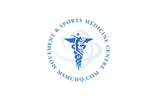
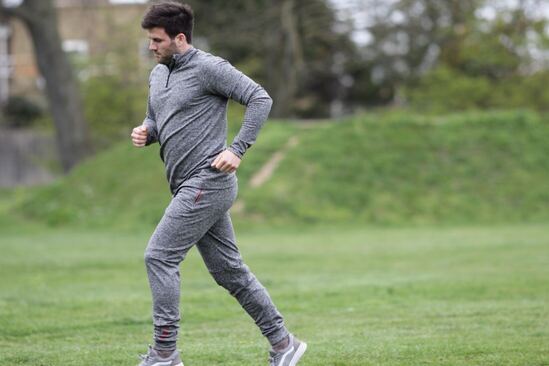

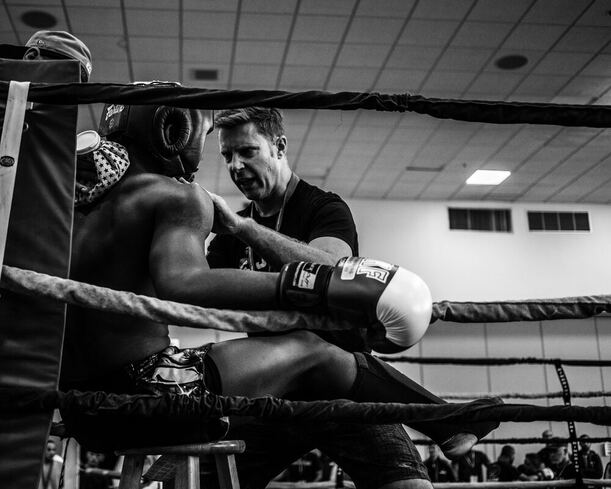
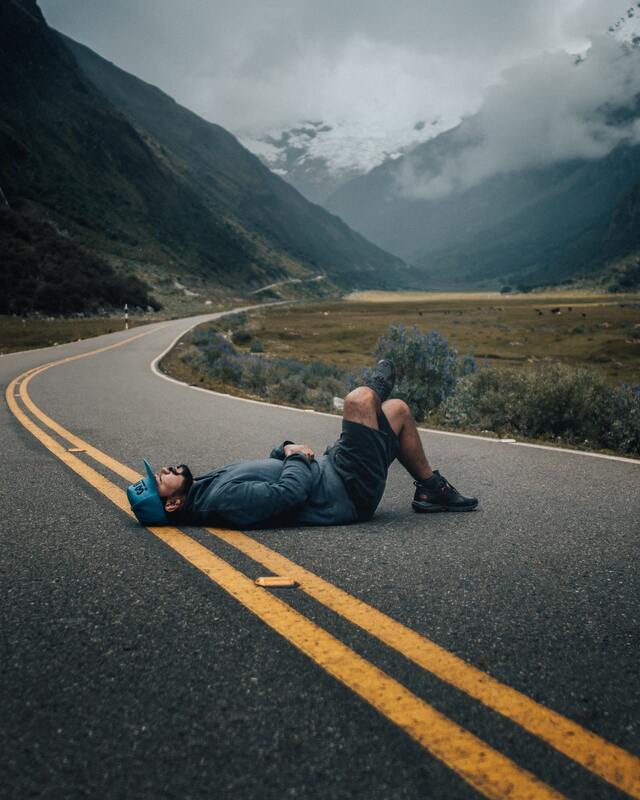
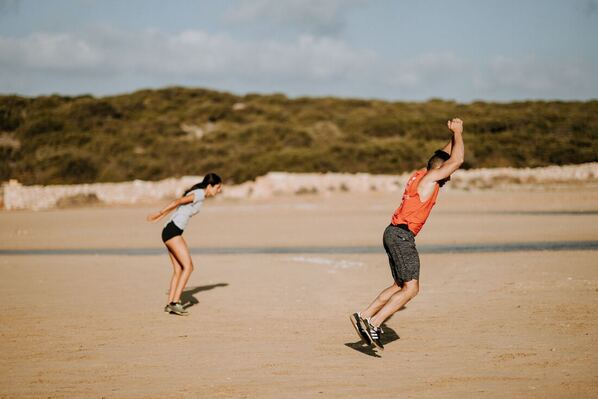
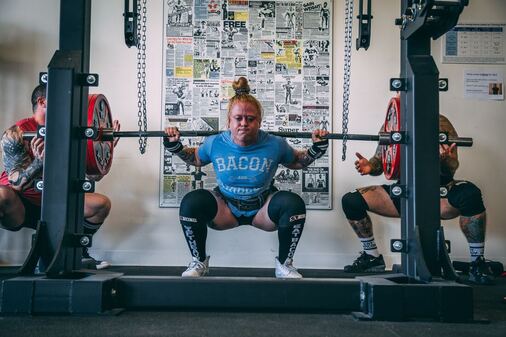
 RSS Feed
RSS Feed